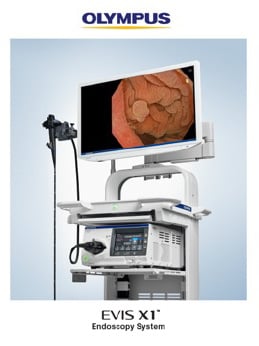Tees Valley Hospital Specialists
-
Professor Paul Baker
Professor Paul Baker is a Consultant Orthopaedic Surgeon in Middlesborough, who specialises in hip and knee surgery
Read more -
Mr Tim Brock
Mr Tim Brock is a Consultant Orthopaedic Surgeon in Middlesborough, specialising in Hip and Knee surgery, working at Tees Valley Hospital
Read more -

Mr Chris Coapes
Mr Chris Coapes is a Consultant Orthopaedic Surgeon in Middlesborough and Newcastle with a special interest in Hand and Wrist conditions
Read more -
Mr Andrew Gray
Mr Andrew Gray is a Consultant Orthopaedic Surgeon in Newcastle who specialises in knee injuries and arthritis
Read more -
Mr Philip Holland
Mr Philip Holland is a Consultant Orthopaedic Surgeon in Middlesbrough who specialises in Shoulder and Elbow Surgery
Read more -
Mr Anthony Hui
Mr Anthony Hui is a Consultant Orthopaedic Surgeon at Tees Valley Hospital who specialises in knee surgery
Read more -
Mr Anwar Jafri
Mr Anwar Jafri is a Consultant Orthopaedic Surgeon in Middlesbrough who specialises in Hip and Knee Surgery
Read more -
Mr Richard Jeavons
Mr Richard Jeavons is a Consultant Orthopaedic Surgeon at Tees Valley Hospital who specialises in shoulder surgery
Read more -
Mr Raman Kalyan
Mr Raman Kalyan is a Consultant Spinal Surgeon who specialises in Spine Pain Management & Spine Surgery
Read more -
Mr Rajiv Limaye
Mr Rajiv Limaye is a Consultant Trauma and Orthopaedics Surgeon in Middlesbrough, who specialises in Foot and Ankle
Read more -
Mr Ian McMurtry
Mr Ian McMurtry is a Consultant Orthopaedic Surgeon working in Middlesborough.
Read more -
Mr Sanjay Miranda
Mr Sanjay Miranda is a Consultant Orthopaedic Surgeon in Middlesborough, who specialises in hand, upper limb & peripheral nerve surgery
Read more -
Mr Rajesh Nanda
Mr Rajesh Nanda is a Consultant Orthopaedic Surgeon in Middlesbrough, Teesside, who specializes in all aspects of Upper Limb surgery including Shoulder, Elbow, Hand and Wrist conditions.
Read more -
Mr Narendra Ramisetty
Mr Narendra Ramisetty is a Consultant Orthopaedic Surgeon in Middlesbrough, who specialises in Hip and Knee Surgery
Read more -
Mr Anjum Rashid
Mr Anjum Rashid is a Consultant Orthopaedic Surgeon in Middlesbrough, who specialises in Foot and Ankle Surgery
Read more -
Mr Ramsay Refaie
Mr Ramsay Rafaie is a Consultant Orthopaedic Surgeon in Middlesborough who specialises in Foot and Ankle Surgery, working at Tees Valley Hospital.
Read more -
Mr James Webb
Mr James Webb ia a Consultant Orthopaedic Surgeon in Middlesbrough and Newcastle who specialises in Hip and Knee surgery
Read more

